Home>Interior Design>11 Space-Saving Organizing Tips For Small Living Rooms
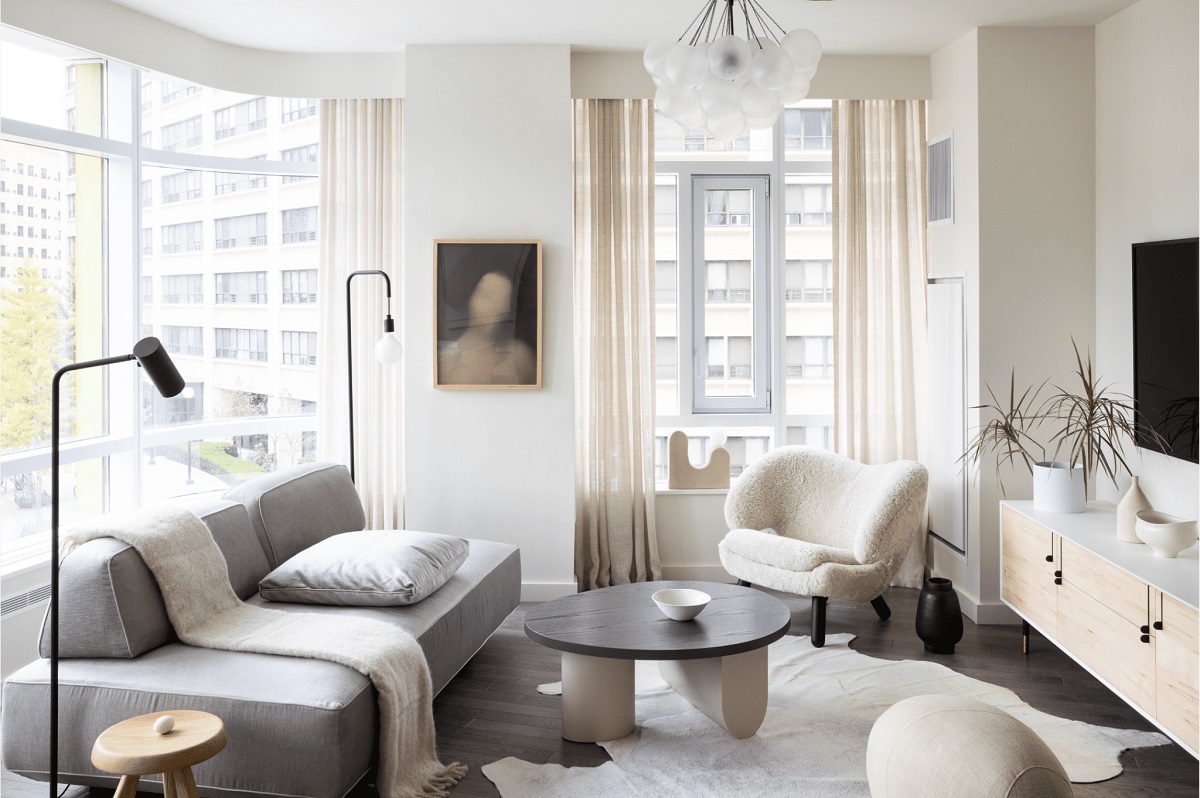

Interior Design
11 Space-Saving Organizing Tips For Small Living Rooms
Modified: January 5, 2024
Discover 11 space-saving organizing tips for small living rooms to enhance your interior design and maximize your space.
(Many of the links in this article redirect to a specific reviewed product. Your purchase of these products through affiliate links helps to generate commission for Storables.com, at no extra cost. Learn more)
Decluttering and Minimalism
When it comes to small living rooms, one of the most effective ways to create a more spacious and organized environment is through decluttering and embracing minimalism. By getting rid of unnecessary items and limiting the number of decorations and furniture pieces, you can instantly open up the space.
Start by evaluating each item in your living room and ask yourself if it serves a purpose or brings you joy. If not, consider donating or selling it. Keep only the essentials and choose furniture that has storage options built-in, such as ottomans or coffee tables with hidden compartments.
Investing in storage solutions that can help you keep your belongings organized is also crucial. Whether it’s using baskets, boxes, or drawer dividers, find a place for everything and make it a habit to put things back in their designated spots.
Another aspect of minimalism is keeping surfaces clear. Avoid overcrowding shelves, tables, or countertops with too many decorations or knick-knacks. Instead, opt for a few carefully selected pieces that will create a focal point and add personality to your space without creating visual clutter.
By adopting a minimalist mindset, you not only create a more visually appealing living room but also make it easier to clean and maintain, allowing you to fully enjoy the space you have.
Key Takeaways:
- Embrace minimalism and utilize vertical space to maximize storage and create a visually appealing small living room. Incorporate multifunctional furniture and hidden storage solutions for a clutter-free environment.
- Strategically use mirrors, lighting, and cable management to enhance the perceived size and organization of your small living room. Utilize corners effectively and invest in furniture with built-in storage for a functional and stylish space.
Read more: How To Organize A Small Living Room
Utilizing Vertical Space
In small living rooms, every inch of space counts. When you”re limited on floor space, it”s essential to think vertically. By utilizing the vertical space in your living room, you can maximize storage and create a visually appealing atmosphere.
One way to utilize vertical space is through tall bookshelves or floor-to-ceiling cabinets. These not only provide ample storage for books, movies, and decor but also draw the eyes upward, making the room appear larger. Be sure to arrange items on the shelves in an organized and visually pleasing manner to avoid a cluttered look.
Additionally, consider installing floating shelves on the walls. These are perfect for displaying small plants, picture frames, or other decor items without taking up valuable floor space. You can also use floating shelves to store books or magazines, keeping them off the coffee table or side tables.
Another option is to mount a pegboard on a wall. This versatile storage system allows you to hang small shelves, hooks, and baskets, providing a customizable and space-saving solution for storing items like keys, wallets, and remote controls.
To further utilize vertical space, you can hang curtains or drapes close to the ceiling to create an illusion of higher ceilings. Choosing lighter or sheer materials can also help maintain an airy and open feeling in the room.
Remember, when utilizing vertical space, it”s important to maintain balance and avoid overcrowding the walls. Be mindful of the scale and proportion of the items you choose to display or hang, ensuring they complement the overall design of your small living room.
By incorporating these vertical storage solutions, you can make the most of your small living room, creating a functional and visually appealing space.
Multifunctional Furniture
When it comes to small living rooms, making the most out of limited space is key. One effective way to achieve this is by investing in multifunctional furniture. These clever pieces not only serve their primary purpose but also provide additional storage or functionality, helping you maximize your living room’s potential.
One popular example of multifunctional furniture is a sofa with built-in storage. These sofas often feature compartments underneath the seats or in the armrests, allowing you to store blankets, pillows, or other items that you use less frequently. This helps eliminate clutter and keep your living room organized.
Another option is a coffee table that doubles as a storage chest. Look for coffee tables with lift-up tops or hidden drawers where you can store remote controls, magazines, or other small items. This way, you can keep your living room tidy while having easy access to essentials.
For those who work from home or need a workspace in their living room, consider a desk that can also function as a console table. Look for desks with slim profiles that can be placed against a wall when not in use. This way, you can have a dedicated workspace without sacrificing valuable floor space.
Additionally, consider ottomans or poufs that have hidden storage compartments. Not only can they serve as extra seating, but you can also store books, blankets, or even board games inside them. This allows you to have additional storage without cluttering the room.
When choosing multifunctional furniture, be sure to consider the layout and dimensions of your living room. Take measurements to ensure that the furniture will fit comfortably without overwhelming the space. Look for pieces that seamlessly blend style and functionality to create a cohesive and efficient living room design.
By incorporating multifunctional furniture into your small living room, you can optimize the available space and enhance its functionality. These innovative pieces help you stay organized while providing versatile options for seating, storage, and workspaces.
Floating Shelves
Floating shelves are a fantastic solution for adding both storage and style to small living rooms. These shelves are mounted directly on the wall without any visible brackets, creating a sleek and modern look. They not only maximize vertical space but also provide a place to showcase your favorite decor items or store everyday essentials.
One of the main advantages of floating shelves is their versatility. They can be installed in various configurations, allowing you to customize their placement based on your needs and available wall space. You can opt for a single long shelf that spans the length of the wall, or cluster multiple shelves together to create a unique display area.
When arranging items on floating shelves, it’s important to strike a balance between style and organization. Use a mix of decorative items, such as small plants, picture frames, or vases, to add personality and visual interest. At the same time, consider incorporating functional items like baskets or storage boxes to keep smaller items neatly organized.
Another advantage of floating shelves is that they create the illusion of a larger space. By freeing up floor space and showcasing items vertically, they add depth and visual interest to the room. This is especially beneficial in small living rooms where every inch counts.
When installing floating shelves, it’s important to consider the weight-bearing capacity of the shelves and ensure that they are securely attached to the wall. This will prevent accidents and ensure the longevity of your shelves. If you’re unsure about the installation process, it’s advisable to seek professional help.
Lastly, be mindful of the aesthetic of your living room when choosing floating shelves. Consider the materials, finishes, and colors that will complement your existing decor and create a cohesive look. Whether you prefer rustic wooden shelves, sleek glass shelves, or minimalist metal shelves, there are numerous options available to suit your style.
Overall, floating shelves are a practical and stylish addition to small living rooms. They provide additional storage, enhance the visual appeal of your space, and allow you to display your favorite items in a creative and organized manner. With careful arrangement and proper installation, floating shelves can transform your living room into a functional and aesthetically pleasing oasis.
Wall-mounted Storage
Wall-mounted storage is a smart and efficient solution for small living rooms, as it allows you to maximize your space by utilizing the vertical walls. From wall-mounted cabinets to floating shelves, there are various options to choose from that can provide valuable storage without occupying valuable floor space.
One popular form of wall-mounted storage is wall-mounted cabinets or cubbies. These can be installed at different heights on the wall, providing both functional storage and a decorative element. You can use them to store books, DVDs, or even display decorative items. Opt for cabinets or cubbies with doors or drawers to keep your living room looking neat and organized.
Another option for wall-mounted storage is a pegboard system. This versatile storage solution consists of a perforated board that you can attach hooks, shelves, or baskets to. It offers a customizable storage solution for items like keys, hats, or small accessories. You can also use it to hang small plants or artwork for additional visual appeal.
For a more open and stylish storage solution, consider installing wall-mounted floating shelves. These shelves are mounted directly on the wall without any visible brackets, creating a clean and modern look. They are perfect for displaying books, decorative objects, or even small plants. By using floating shelves, you can add storage and visual interest to your living room without taking up any floor space.
When choosing wall-mounted storage solutions, consider the overall aesthetics of your living room. Opt for materials, colors, and finishes that complement your existing decor. For a cohesive look, coordinate the style of your wall-mounted storage with the rest of your furniture and accessories.
Lastly, ensure proper installation of wall-mounted storage to guarantee stability and safety. Use appropriate wall anchors or consult a professional if needed to ensure that the shelves or cabinets are securely attached to the wall.
Wall-mounted storage is a practical and efficient solution for small living rooms. By utilizing the vertical wall space, you can create additional storage options without sacrificing valuable floor space. Whether you choose cabinets, cubbies, pegboards, or floating shelves, these storage solutions will help keep your living room organized and visually appealing.
Underneath Furniture Storage
In small living rooms, it’s essential to make the most of every available space. One often overlooked area for storage is underneath furniture. By utilizing the space beneath your furniture, you can create extra storage options and keep your living room organized and clutter-free.
One classic piece of furniture that offers under-bed storage is a platform bed with built-in drawers or compartments. These beds provide a convenient and discreet space to store items such as extra bedding, out-of-season clothes, or even shoes. By utilizing the space beneath your bed, you can free up valuable closet or wardrobe space in your living room.
Another option for underneath furniture storage is using ottomans or coffee tables with hidden compartments. These pieces of furniture feature a lift-up or slide-out top that reveals a storage space underneath. It’s a great place to store small items like remote controls, magazines, or even board games. Additionally, adding a storage ottoman as a seating option can serve a dual purpose, providing extra seating while hiding away items that would otherwise clutter the living room.
If you have a sofa in your living room, consider one with a chaise lounge or a modular design that includes storage options. Many sofas nowadays come with hidden compartments or pull-out drawers underneath the seats, providing storage for pillows, throws, and other miscellaneous items. This allows you to keep essentials close by while maintaining a clean and organized living room.
When considering underneath furniture storage, be sure to measure the height and depth of your furniture and choose storage containers or baskets that fit neatly beneath them. Utilize containers with lids or wheels for easy access and maneuverability. Clear plastic containers are also helpful for quickly identifying the contents stored underneath.
Lastly, it’s important to maintain organizational systems and regularly declutter the storage space beneath your furniture. There’s a tendency for these spaces to become a catch-all for random items, so it’s important to periodically go through and remove any unnecessary items.
By utilizing the storage space underneath your furniture, you can optimize your living room’s organization and create a more spacious environment. Whether it’s a platform bed, ottoman, or sofa with storage, incorporating these options into your living room design will help you make the most of your available space.
Consider using multi-functional furniture such as a storage ottoman or a sofa bed to maximize space in a small living room. This will provide extra storage and also serve multiple purposes, saving valuable space.
Utilizing Corners
When it comes to small living rooms, one often overlooked area for storage and design opportunities is the corners. By utilizing the corners effectively, you can maximize space and create a functional and visually appealing living room.
One way to utilize corners is by installing corner shelves. These shelves are specifically designed to fit into corners, providing additional storage and display space for books, decorative items, or even plants. Corner shelves come in various sizes and styles, allowing you to choose the option that best complements your living room’s decor.
Another option for utilizing corners is by incorporating corner cabinets or consoles. These furniture pieces are specifically designed to fit into corners and provide storage for a variety of items, from electronics and media equipment to books and board games. Corner cabinets or consoles not only optimize storage but also help create a cohesive and balanced look in your living room.
If you have a small reading nook or seating area in your living room, consider adding a corner chair or a curved sectional sofa. These furniture pieces are designed with corners in mind, allowing you to make the most of the space without sacrificing style or comfort. Additionally, you can place a small side table or a floor lamp in the corner to fully utilize the space.
Another creative idea for utilizing corners is by creating a cozy corner workspace. Install a corner desk with storage shelves above, and you’ll have a dedicated workspace that maximizes the available space in your living room.
When using corners in your living room, be conscious of the scale and proportions of the furniture and decor items you choose. Avoid overcrowding the corners with too many items, as it can make the space look cluttered and overwhelming. Instead, focus on selecting a few key pieces that make a statement while leaving enough open space to maintain an airy and spacious feel.
By utilizing corners effectively, you can make the most of every inch of your small living room. Whether it’s through corner shelves, cabinets, dedicated seating areas, or workspaces, these corner solutions allow you to create functional storage, optimize space, and enhance the overall design aesthetic of your living room.
Using Mirrors
Mirrors are a powerful and versatile tool in small living rooms. They have the ability to create an illusion of space and light, making the room appear larger and more open. By strategically placing mirrors in your living room, you can enhance its overall aesthetic while maximizing the available space.
One of the most effective ways to use mirrors is by placing them opposite a window. This allows natural light to bounce off the mirror and reflect back into the room, instantly brightening up the space and creating a sense of openness. Additionally, the reflection of the window creates the illusion of another window in the room, further enhancing the illusion of space.
Another technique is to hang a large mirror on a focal wall. This draws the eye and creates a sense of depth in the room, making it appear larger than it actually is. A floor-to-ceiling mirror or a mirror that extends the length of a wall can have a dramatic impact on the perception of space, especially in small living rooms.
Consider using mirrors as decorative elements as well. Instead of hanging multiple small mirrors, opt for one oversized mirror or a group of mirrors in various sizes and shapes. This creates a focal point and adds visual interest to your living room while still providing the illusion of space.
For a creative touch, you can also use mirrored furniture pieces, such as a mirrored coffee table or an accent cabinet with mirrored doors. These reflective surfaces not only serve a functional purpose but also contribute to the overall aesthetic by bouncing light around the room and creating a sense of openness.
When placing mirrors in your living room, be mindful of what they will be reflecting. Consider positioning them to reflect a piece of artwork, a beautiful view, or an architectural element in the room. This not only adds depth but also brings attention to the area you want to highlight.
Lastly, remember to keep your mirrors clean and free of smudges or fingerprints to ensure optimal reflection and maximize their impact in your living room.
By using mirrors strategically, you can transform your small living room into a brighter and more spacious space. Whether it’s placing them opposite windows, hanging them on focal walls, or incorporating mirrored furniture, these reflective surfaces will make a significant difference in the overall look and feel of your living room.
Strategic Lighting
When it comes to small living rooms, strategic lighting plays a crucial role in creating a warm and inviting atmosphere, as well as making the space appear larger and more open. By implementing the right lighting techniques, you can transform your living room into a visually pleasing and functional space.
First and foremost, maximize natural light as much as possible. Keep windows uncovered or use sheer curtains to allow ample light to enter the room. Natural light not only creates a sense of spaciousness but also enhances the overall mood and ambiance. If privacy is a concern, consider using window treatments that provide privacy without completely blocking out the light.
In addition to natural light, incorporate a layered lighting approach to illuminate your living room. This involves using a combination of ambient, task, and accent lighting to create the desired effect.
Ambient lighting, also known as general lighting, is used to illuminate the entire room. This can be achieved through ceiling-mounted fixtures, recessed lights, or track lighting. By evenly distributing light throughout the space, ambient lighting helps create a sense of openness and provides a base level of illumination.
Task lighting is focused on specific areas where you need direct light for activities such as reading, working, or playing games. Examples of task lighting include desk lamps, floor lamps, or adjustable wall sconces. By directing light to specific areas, task lighting helps improve functionality and prevents eye strain.
Accent lighting is used to highlight specific features or objects in your living room, such as artwork, architectural elements, or decorative pieces. Use track lighting, picture lights, or adjustable spotlights to draw attention and create visual interest. Accent lighting adds depth and dimension to your space, making it feel more dynamic and inviting.
Incorporating dimmers in your lighting setup is also advantageous. Dimmers allow you to adjust the brightness of the lights based on the desired mood or activity. By dimming the lights, you can create a cozy and intimate setting, while increasing the brightness can make the room feel more spacious and vibrant.
Be intentional about the placement of your light fixtures. Consider where shadows may be cast or where additional light may be needed. Light fixtures that are wall-mounted or ceiling-mounted can help save valuable floor space in a small living room.
Lastly, pay attention to the color temperature of your lights. Warm white lights (around 2700-3000 Kelvin) create a cozy and inviting atmosphere, while cool white lights (around 4000-5000 Kelvin) provide a more energizing and focused ambiance. Choosing the right color temperature can greatly impact the overall feel of your living room.
By implementing strategic lighting techniques, you can transform your small living room into a well-lit and visually appealing space. By using a combination of natural light, ambient lighting, task lighting, and accent lighting, you can create a warm and inviting atmosphere while optimizing functionality and enhancing the perceived size of the room.
Hidden Storage Solutions
In small living rooms, finding clever ways to maximize storage space is essential for maintaining an organized and clutter-free environment. One effective approach is to utilize hidden storage solutions that seamlessly blend into the room’s design while providing ample space to stow away items.
One practical option for hidden storage is incorporating furniture with built-in storage compartments. For example, choose a coffee table with lift-top functionality, revealing a hidden storage space underneath. This is perfect for storing items such as blankets, magazines, or remote controls, keeping them easily accessible yet out of sight.
Another popular hidden storage solution is utilizing ottomans or benches with removable cushions to reveal a hidden storage compartment inside. These can be used as extra seating or footrests, while providing a discreet space to store items like throw pillows, board games, or miscellaneous items.
If you have a small living room with limited floor space, consider using wall-mounted or floating storage units with concealed compartments. These can be installed at various heights, providing hidden storage without taking up valuable floor space. They are perfect for storing books, collectibles, or even small electronics.
Another creative approach to hidden storage is utilizing the space underneath your stairs, if applicable. Install drawers or cabinets to make use of this often underutilized area. This can serve as a hidden storage nook for shoes, seasonal clothing, or even a mini home office setup.
Lastly, consider utilizing the space behind doors for hidden storage. Install hooks, racks, or hanging organizers to store items like coats, hats, or bags. You can also attach a hanging shoe rack to the back of a closet or bedroom door to optimize storage space.
When incorporating hidden storage solutions, it’s important to consider the overall design and aesthetic of your living room. Choose storage solutions that seamlessly blend with your existing furniture and decor, ensuring a cohesive and visually appealing look.
Organizational systems, such as drawer dividers, storage boxes, or labels, can also aid in keeping hidden storage areas tidy and easily accessible. Regularly declutter and reorganize these spaces to ensure they continue to serve their purpose effectively.
By incorporating hidden storage solutions into your small living room, you can make the most of the available space while maintaining a clean and clutter-free environment. These concealed storage options provide clever and discreet solutions for keeping your belongings organized, ensuring a visually appealing living space.
Organizing Cables and Electronics
In today’s digital age, managing cables and electronics is a common challenge, especially in small living rooms where space is limited. However, with a few smart strategies, you can keep your cables organized and create a clutter-free environment for your electronics.
Start by assessing your cable situation and decluttering unnecessary cables. Many times, we accumulate various cables over time that we no longer need. Sort through them and dispose of any cables that are outdated or no longer serve a purpose. This will help reduce the cable clutter in your living room.
Once you have decluttered, it’s time to organize and conceal the cables. One effective method is to use cable management solutions such as cable clips, cable ties, or cable sleeves. These tools help secure and bundle cables together, preventing them from tangling and creating a messy look. You can also use cable clips or adhesive-backed cable holders to attach cables along the back of furniture or walls, keeping them out of the way and neatly organized.
Another option is to use cable management boxes or cable organizers. These boxes are designed specifically to hide and store cables and power strips. Simply place the power strip and excess cable inside the box, leaving only the necessary cables exposed for the devices you want to connect. This not only keeps cables tidy but also prevents them from becoming a tripping hazard.
For devices such as gaming consoles, DVD players, or streaming devices, consider using wire or cable sleeves. These sleeves encase multiple cables together, providing a clean and organized appearance. Additionally, you can label the cables or use color-coded tags to easily identify which cable corresponds to a specific device.
To further streamline your setup, consider using wireless technologies wherever possible. For example, opt for wireless speakers or wireless charging pads for your mobile devices. This reduces the number of cables required and helps create a clutter-free living room.
When it comes to arranging your electronics, consider using furniture with built-in cable management features. Look for entertainment centers or TV stands with integrated cable management systems, such as designated wire channels or compartments, to keep the cables organized and out of sight.
Finally, make a habit of regularly revisiting your cable and electronic setup to ensure everything remains organized and functional. With time, cables may become tangled or new devices may require additional cables, so it’s important to periodically assess and adjust your cable management systems.
By implementing these strategies for organizing cables and electronics in your small living room, you can create a clean and clutter-free environment. Not only will this result in a visually appealing space, but it will also simplify your electronic setup and make it easier to navigate and maintain.
Frequently Asked Questions about 11 Space-Saving Organizing Tips For Small Living Rooms
Was this page helpful?
At Storables.com, we guarantee accurate and reliable information. Our content, validated by Expert Board Contributors, is crafted following stringent Editorial Policies. We're committed to providing you with well-researched, expert-backed insights for all your informational needs.
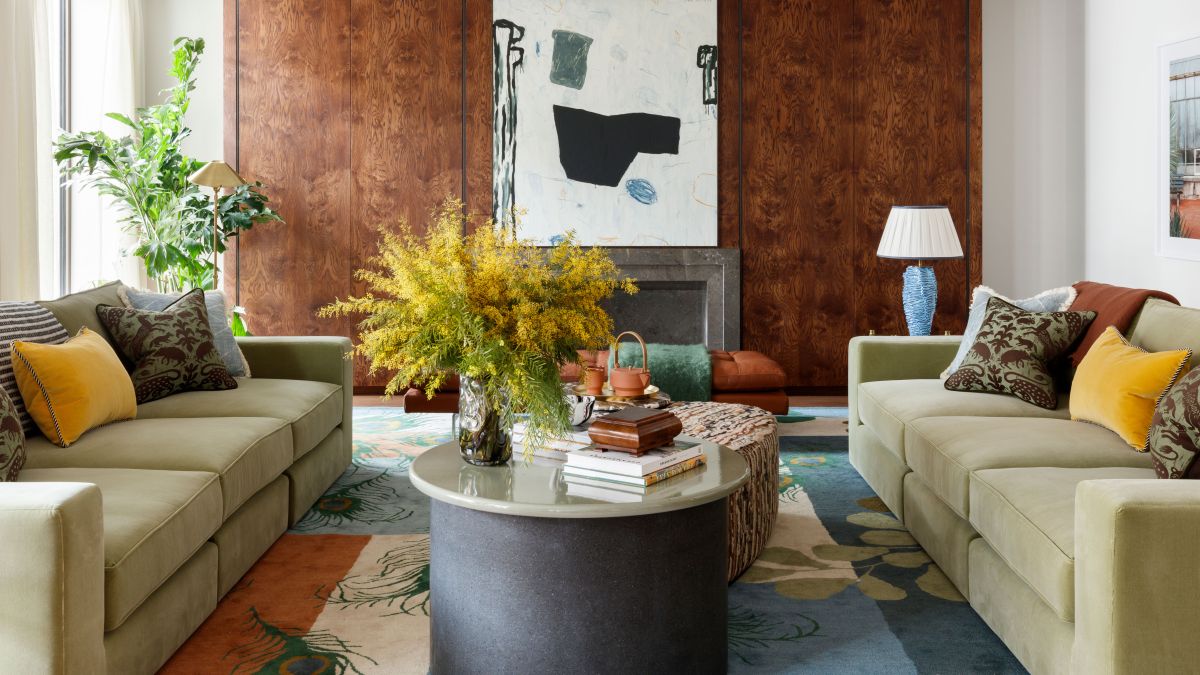
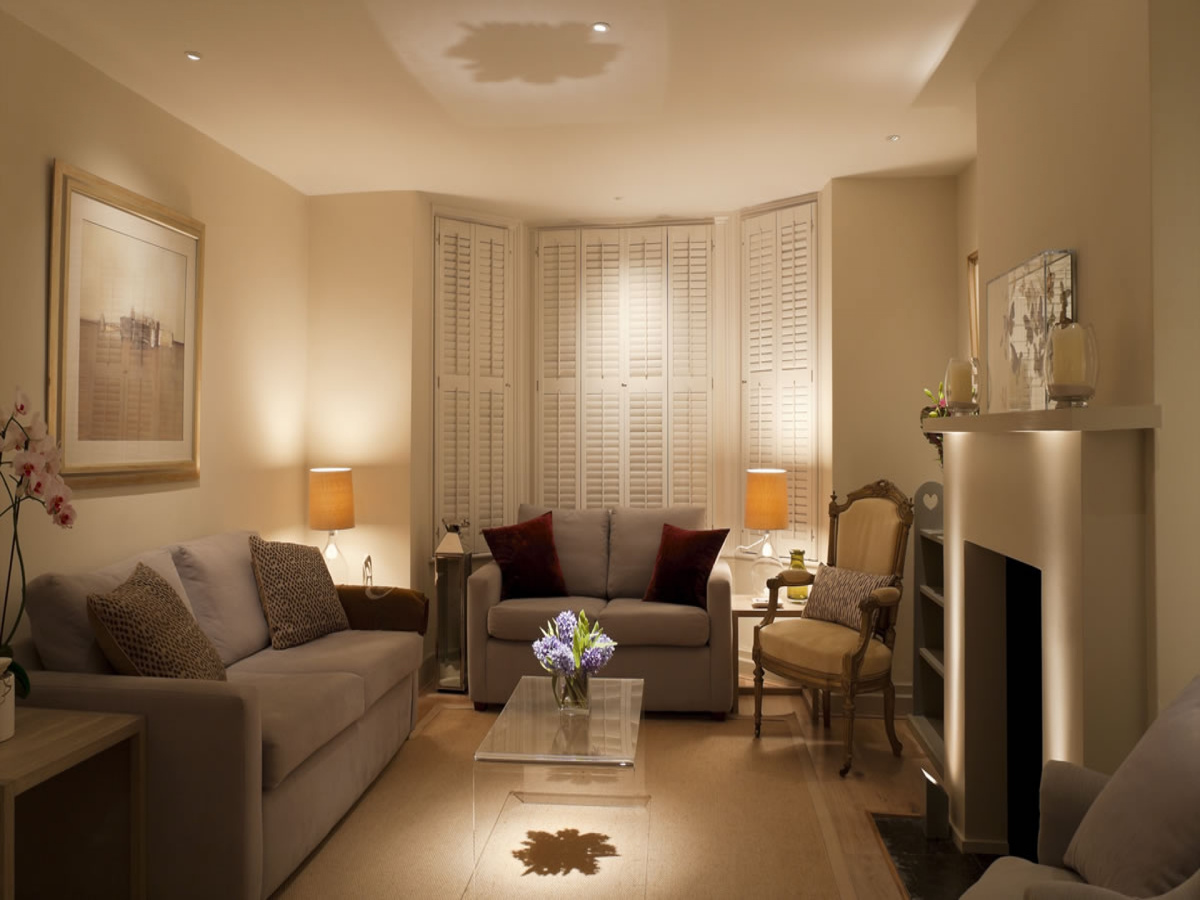
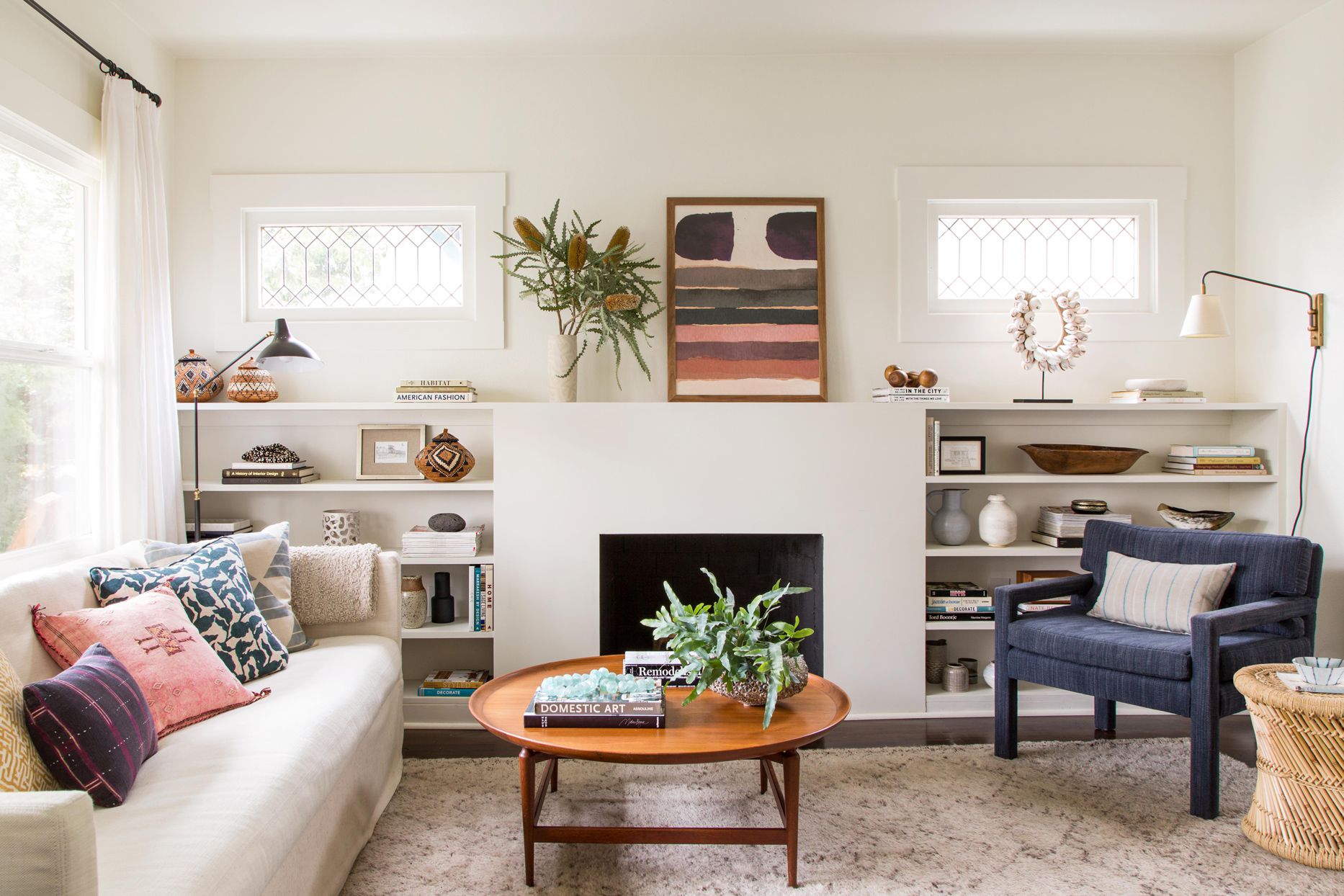
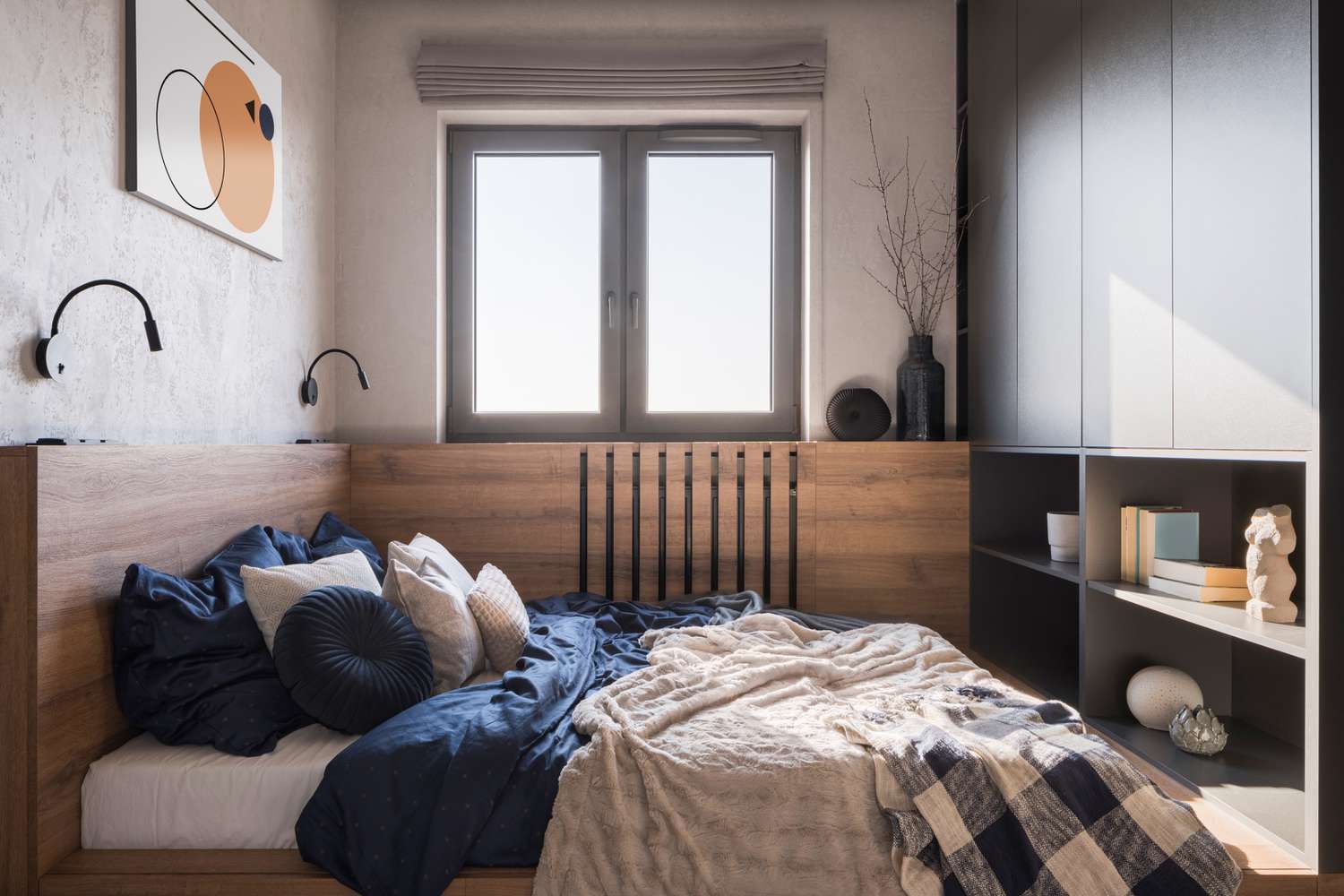
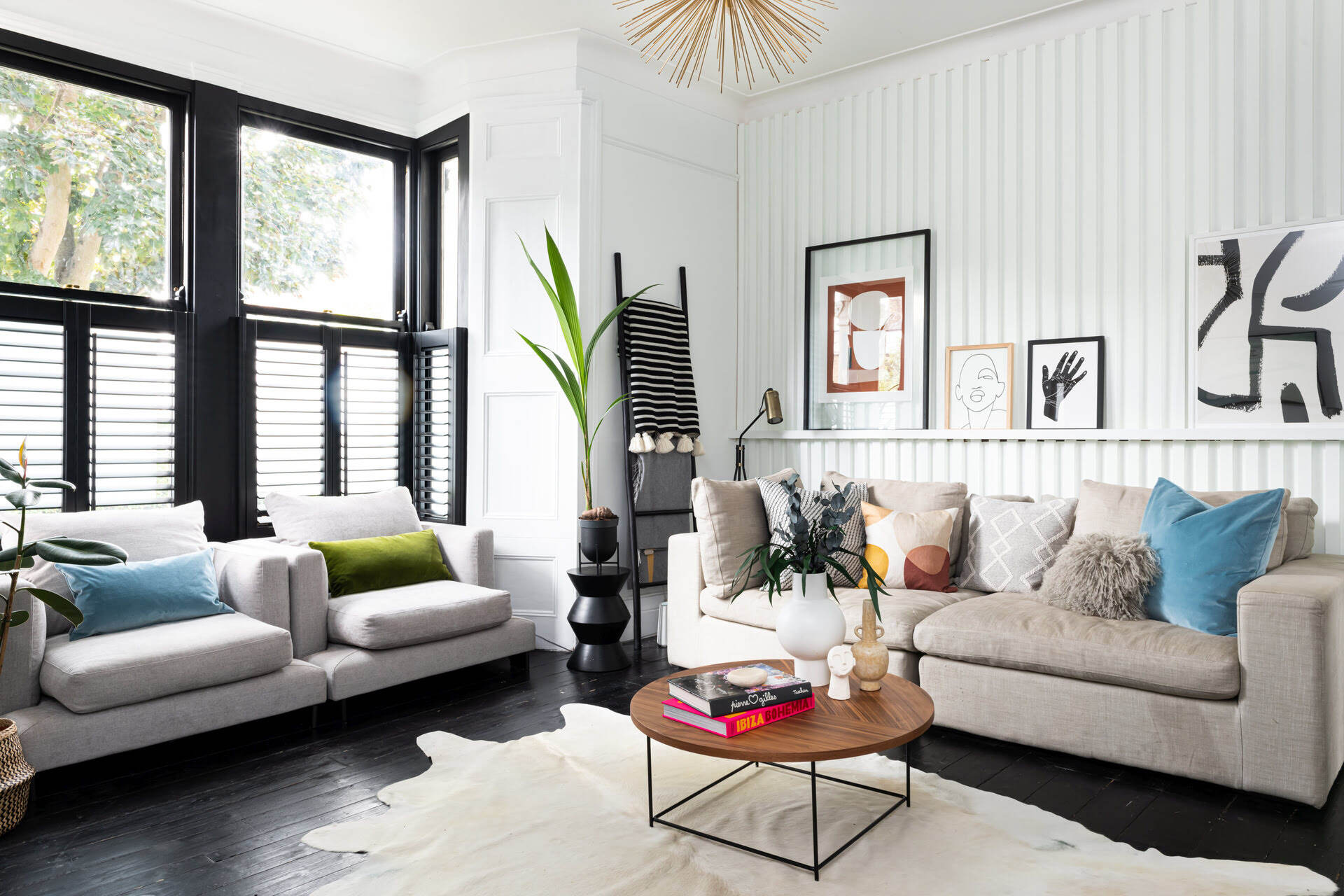
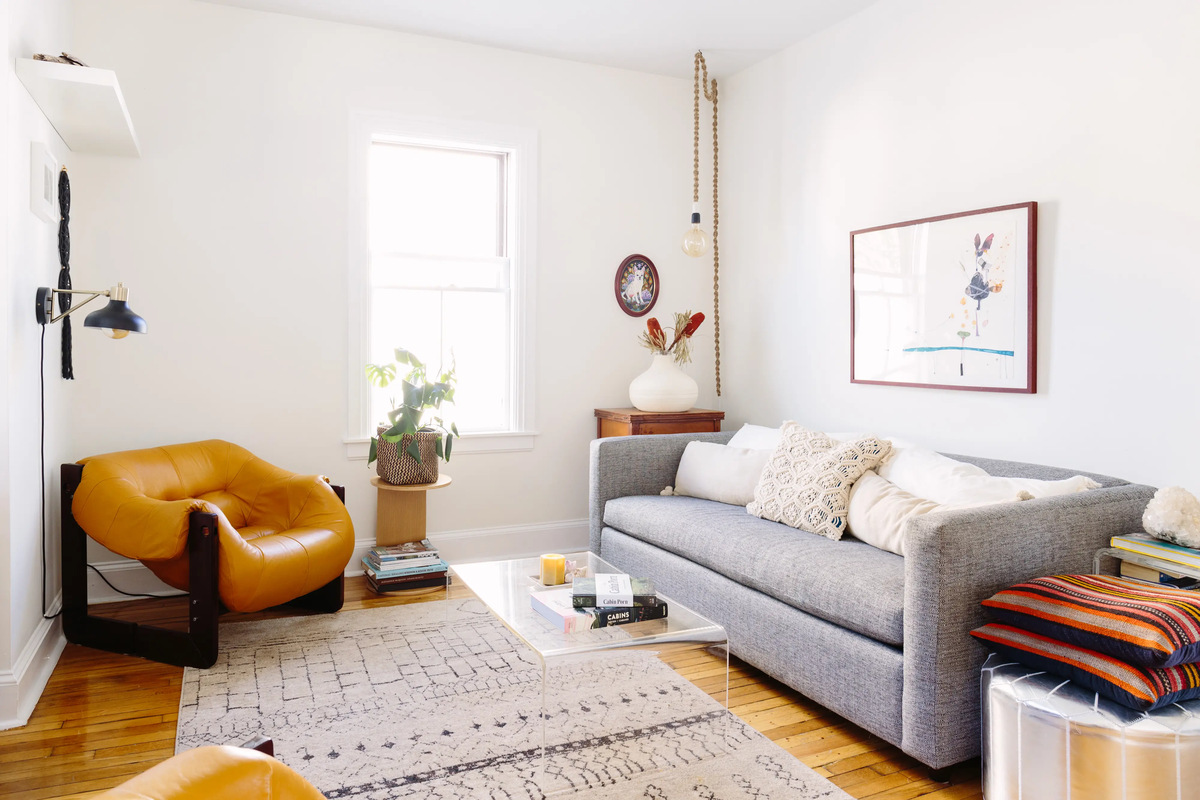
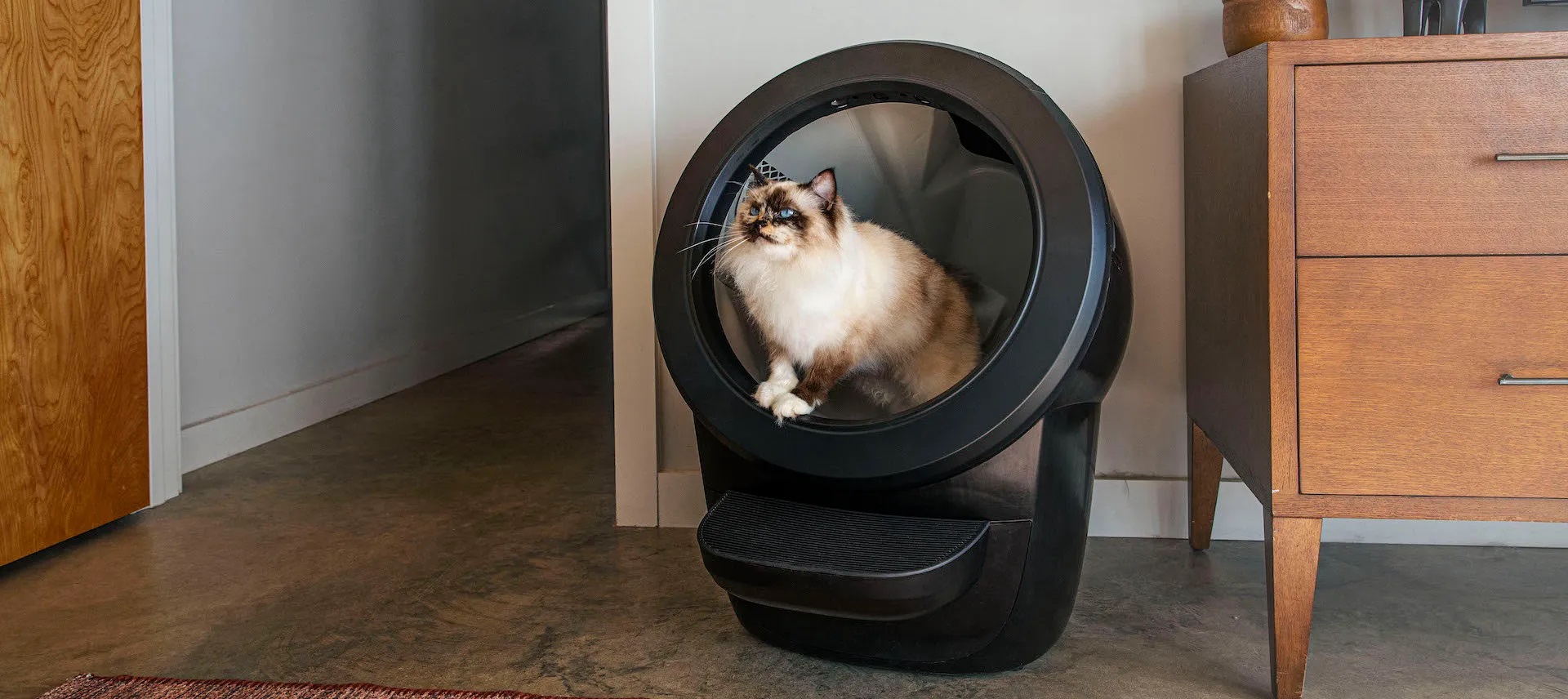
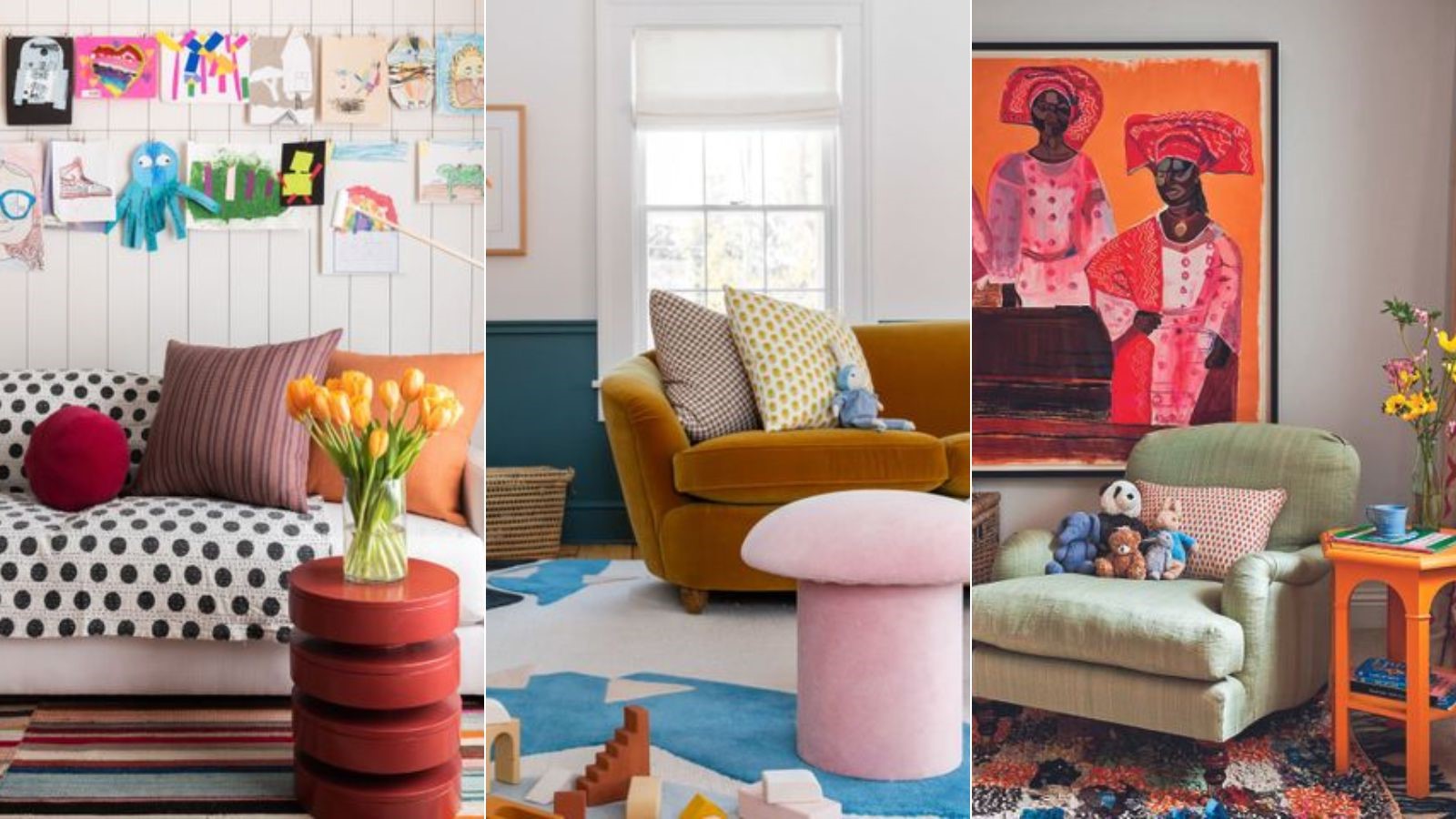
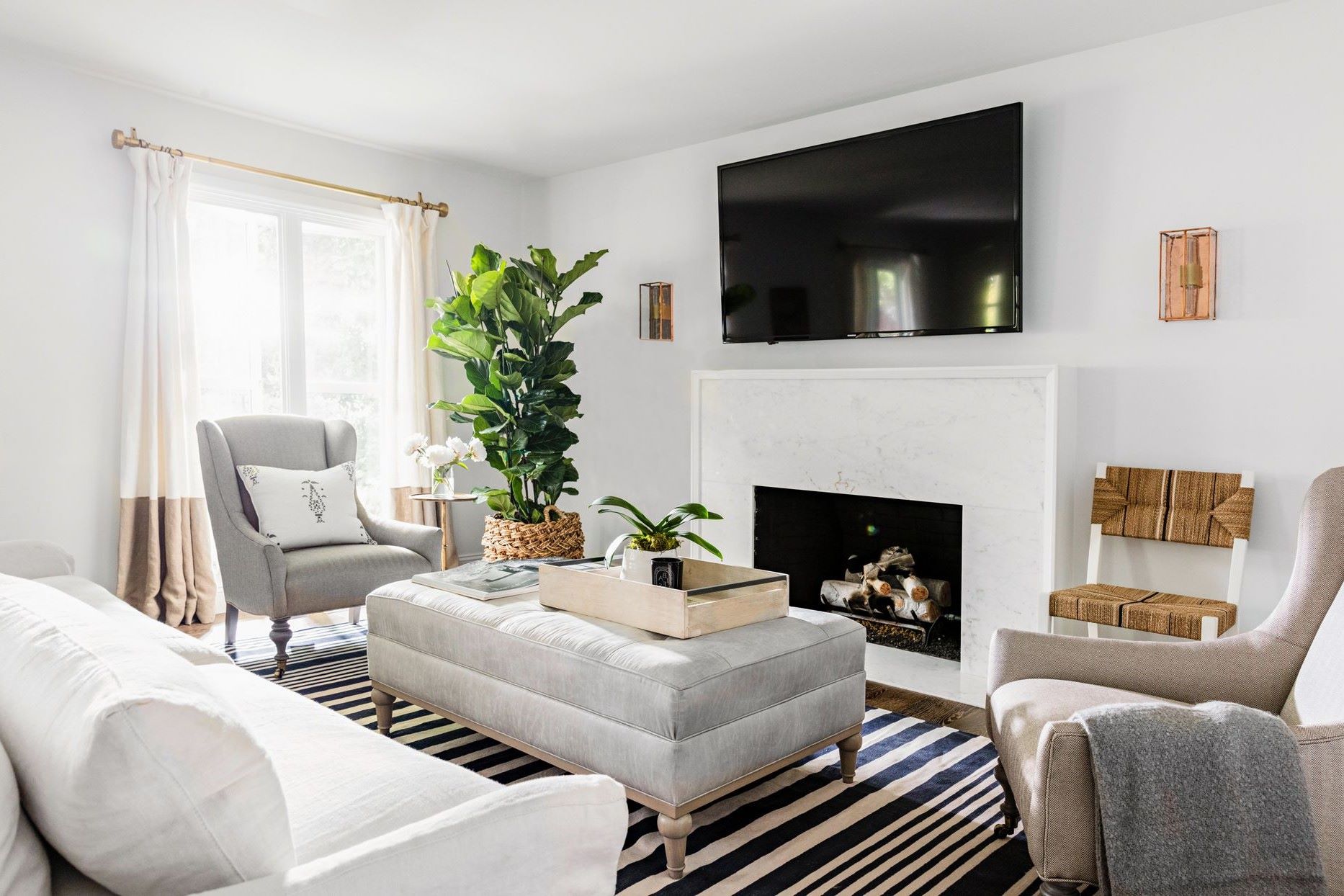
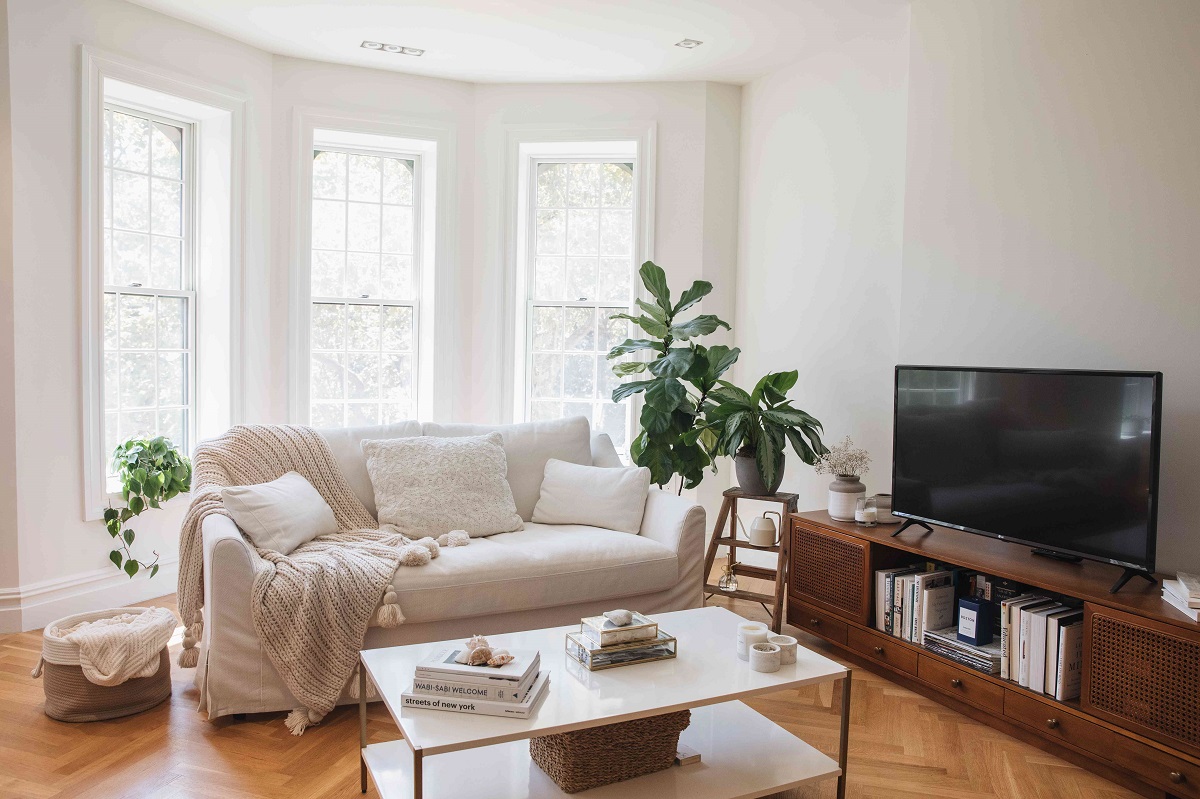
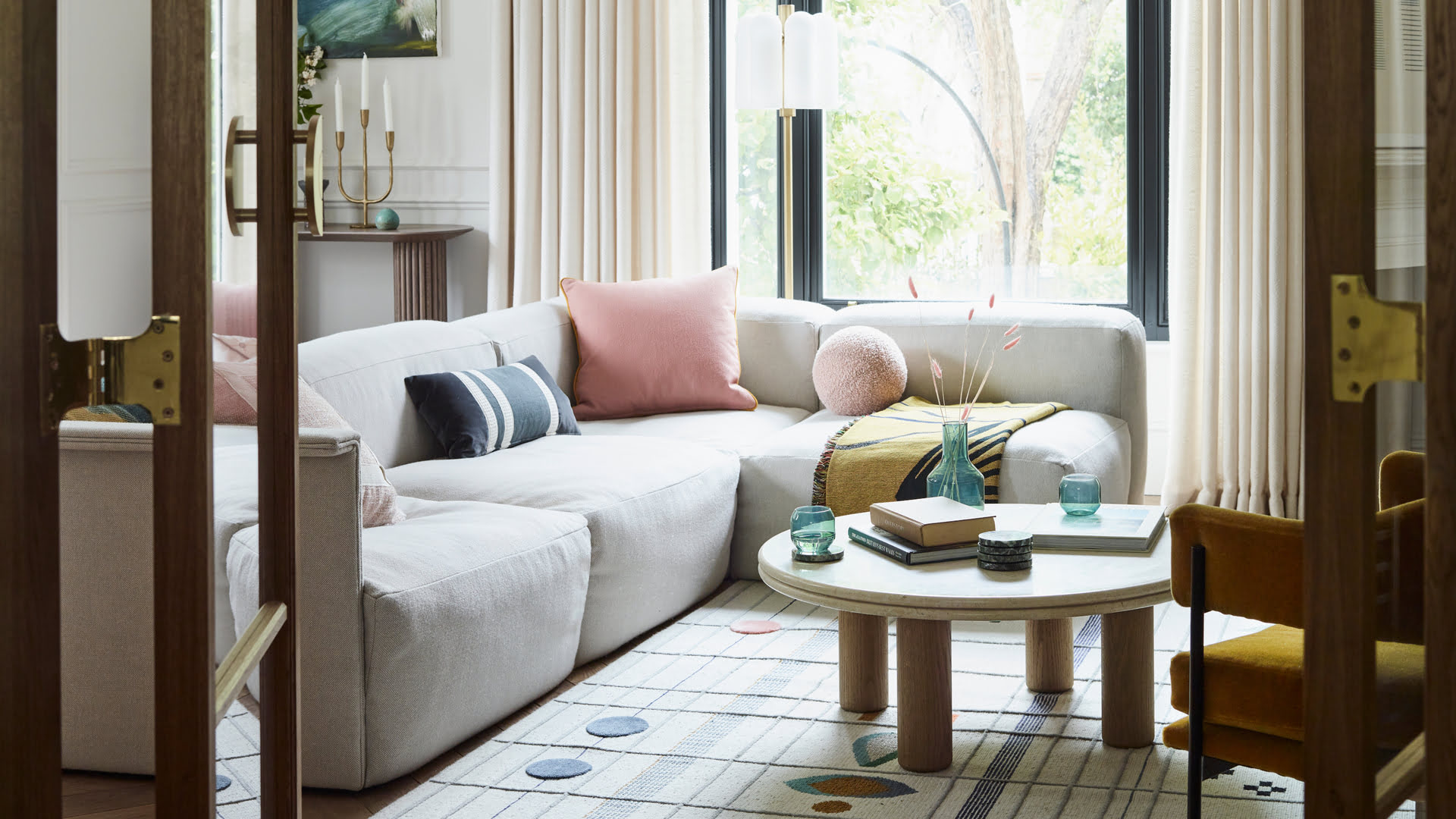
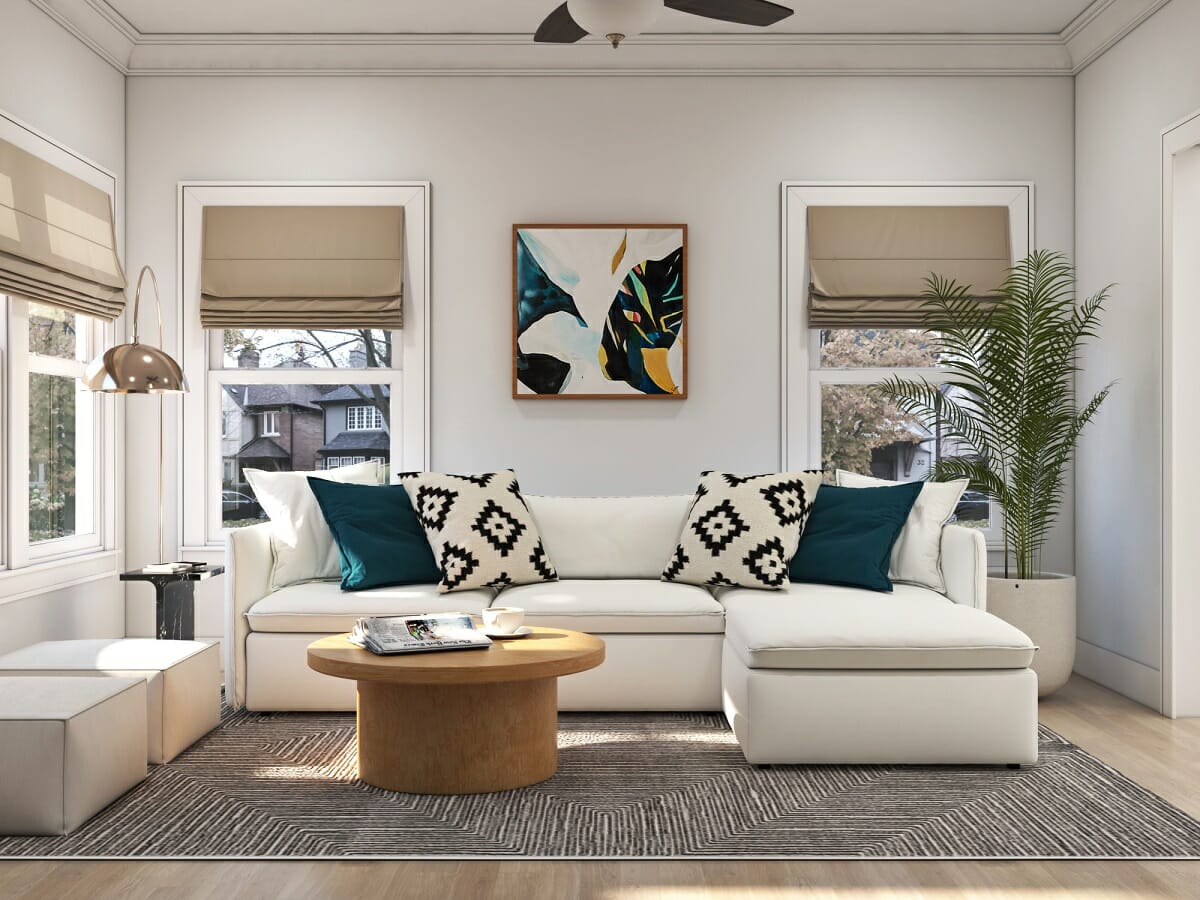
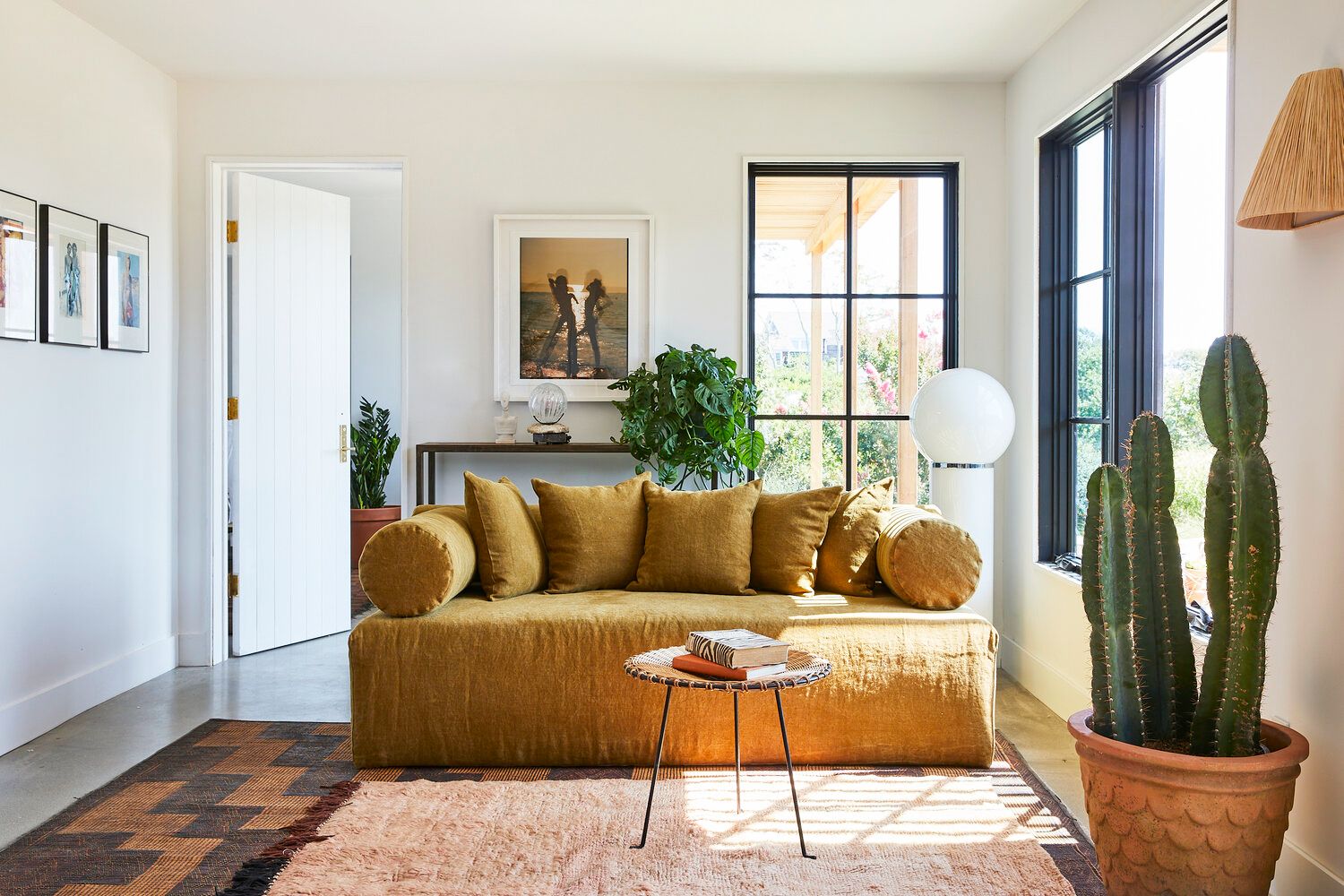

0 thoughts on “11 Space-Saving Organizing Tips For Small Living Rooms”